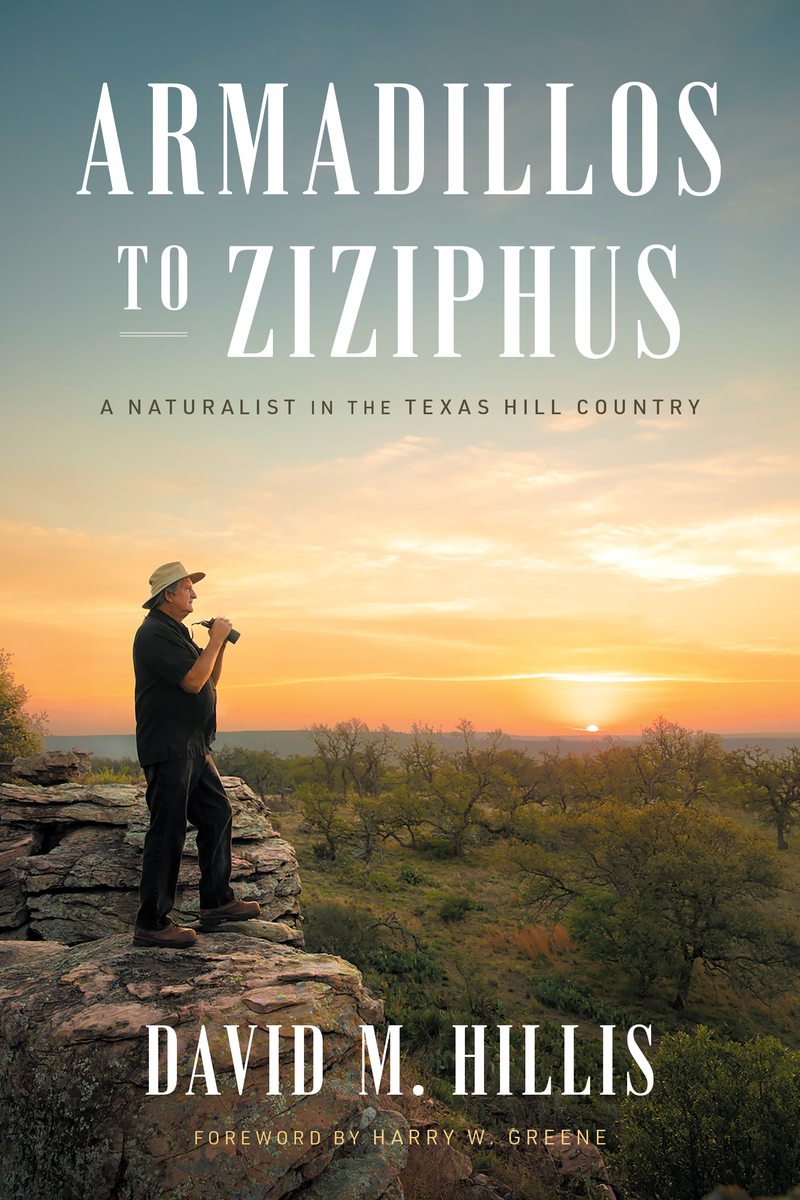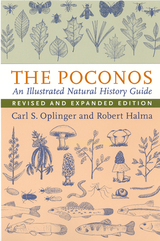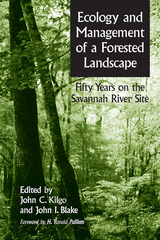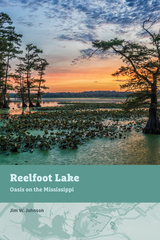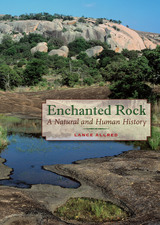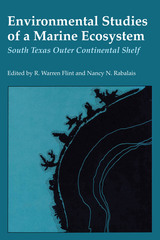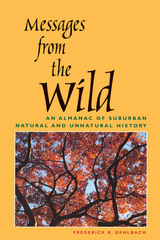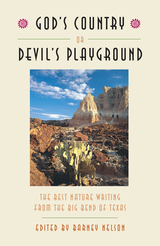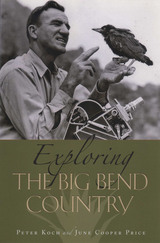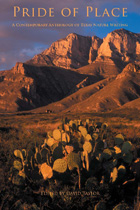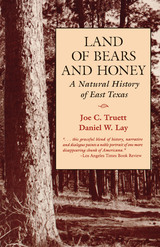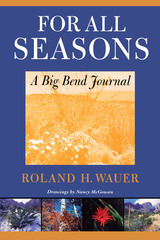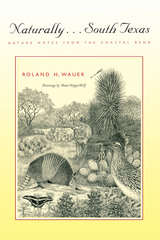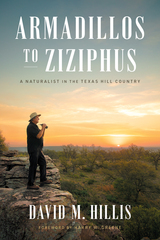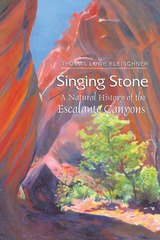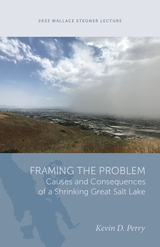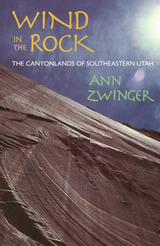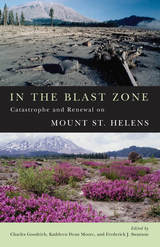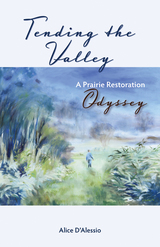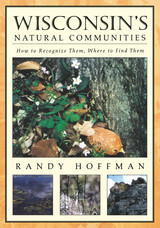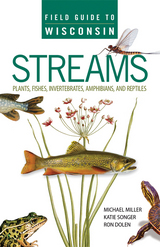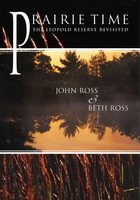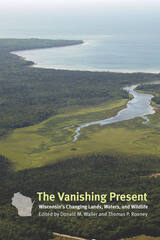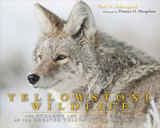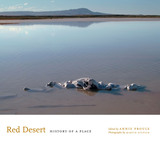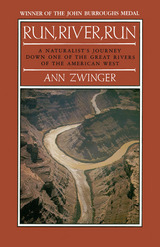Each chapter in this utterly engaging book is a finely crafted chronicle of a unique Hill Country treasure. Taken together, Armadillos to Ziziphus is a master class in the singular geology and ecology of the Hill Country taught by its most renowned naturalist. A delight to read and ponder!
— Juli Berwald, author of Spineless and Life on the Rocks
David Hillis’s Armadillos to Ziziphus is a love letter to a unique home ground shared by humans and many other creatures, revealing an infatuation glimmering with scientific acumen and tales of personal interactions with nature. This book is sure to resonate with admirers of A Sand County Almanac.
— Amy Tan, author of The Joy Luck Club and The Backyard Bird Chronicles
Brimming with insight into the Hill Country's fascinating nooks and crannies, these essays will change the way you see this beloved part of Texas.
— Carter Smith, Executive Director, Texas Parks & Wildlife Department
Hillis brings encyclopedic scientific knowledge to the task of explaining the Hill Country’s 'natural wealth.' He doesn’t allow scientific jargon or Latin taxonomy to muddy his prose, however. Using plain, understandable language, he paints accessible portraits of the land he’s spent a lifetime walking and exploring...He dissects the region with both practiced ease and great authority, tapping his wisdom as a scientist, as a scholar and as a lover of nature. Reading the book feels much like perusing a personal journal that captures a lifetime of experiences...Armadillos to Ziziphus is one of those books that can be read in one sitting or used as a go-to compendium, whereby the reader looks up something sparked by a curious moment.
— San Antonio Report
[A] charming new primer on the region's environment.
— Austin Monthly
This book is intensely delightful...Hillis writes short, entertaining essays on nature...Hillis writes in a fluid, open, sometimes awed manner, primed for enjoyment by the reasonably curious reader.
— Austin American-Statesman
One of the most practical and pleasing new Texas books of 2023. . . I will read these incandescent essays . . . again and again.
— Austin American-Statesman
[Hillis]'s decades of personal and professional experience in the region are evident in the text . . . [Armadillos to Ziziphus] will be of great interest to naturalists and scholars as well as general readers interested in developing their ecological knowledge of this region, and could serve as an informative prerequisite for environmental tours or individual outdoor enthusiasts planning a visit to the area.
— Choice
[Armadillos to Ziziphus] lovingly catalogs the region’s environmental components, making seemingly familiar features new. More important, Hillis offers practicable pathways toward not only safeguarding the region’s endangered environments but also repairing and rejuvenating them...The succinct essays are packed with information, and Hillis’s writing style balances scientific precision with conversational ease. It is a wonderful addition not only to the environmental writing on Texas but also to environmentalist activism in Texas.
— H-Net Reviews
I go back to these elegant, accessible essays again and again. There's just something so appealing about an accomplished scientist such as David M. Hillis, who can speak and write in way that's open to just about everybody, including the neighbors of his ranch in Mason County. Chief of the Biodiversity Center at the University of Texas, he explains the interplay of the elements in transparent prose in Armadillos to Ziziphus: A Naturalist in the Texas Hill Country (University of Texas Press). If I owned a Hill Country cabin, this book would be waiting to delight and inform every guest.
— Michael Barnes, Austin-American Statesman
